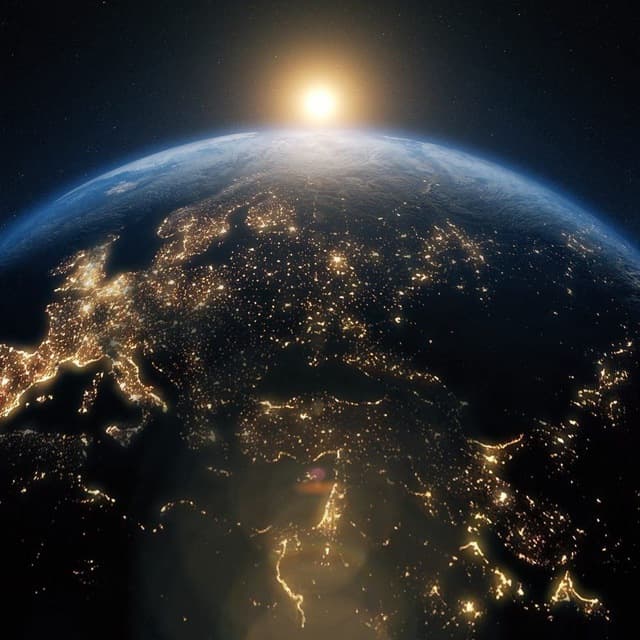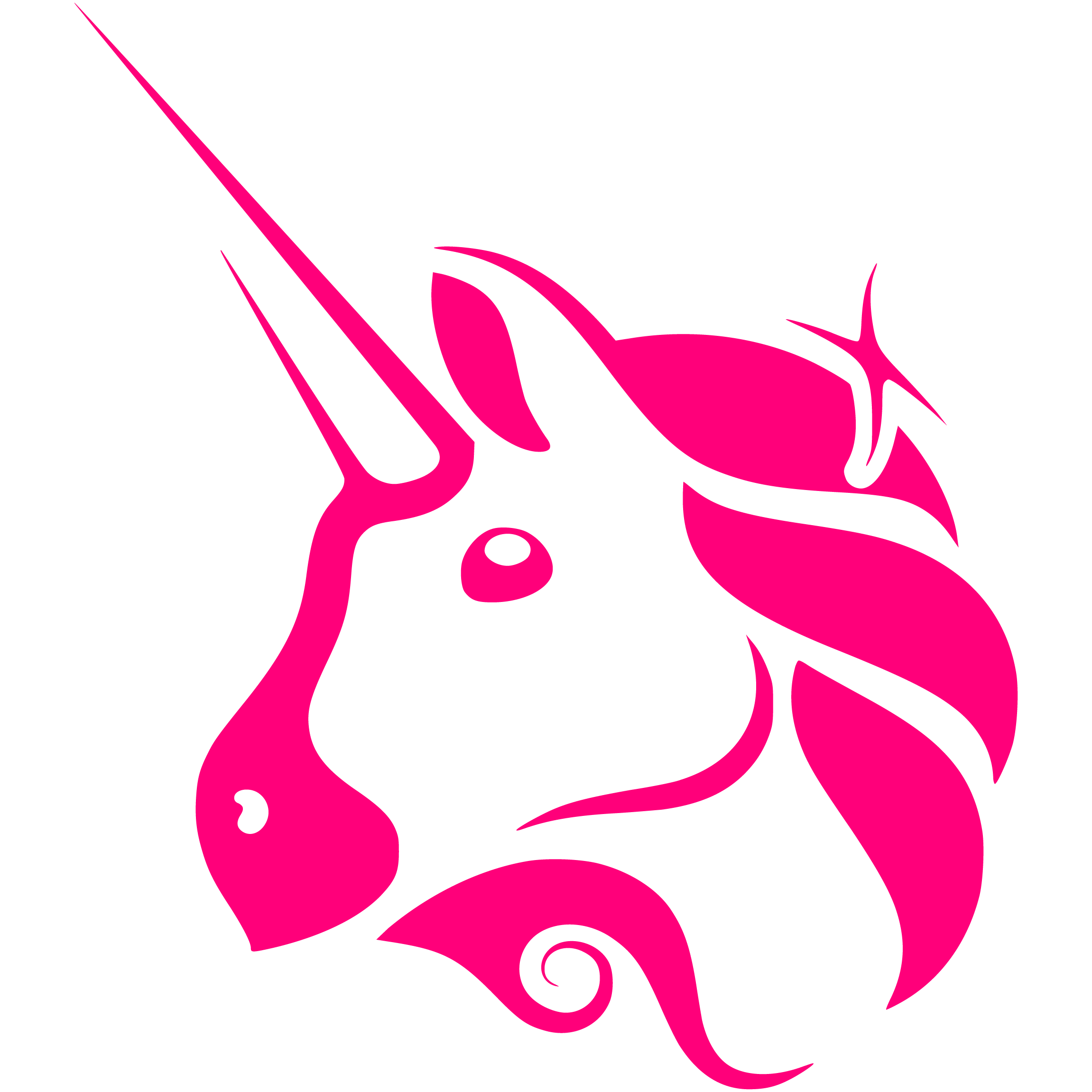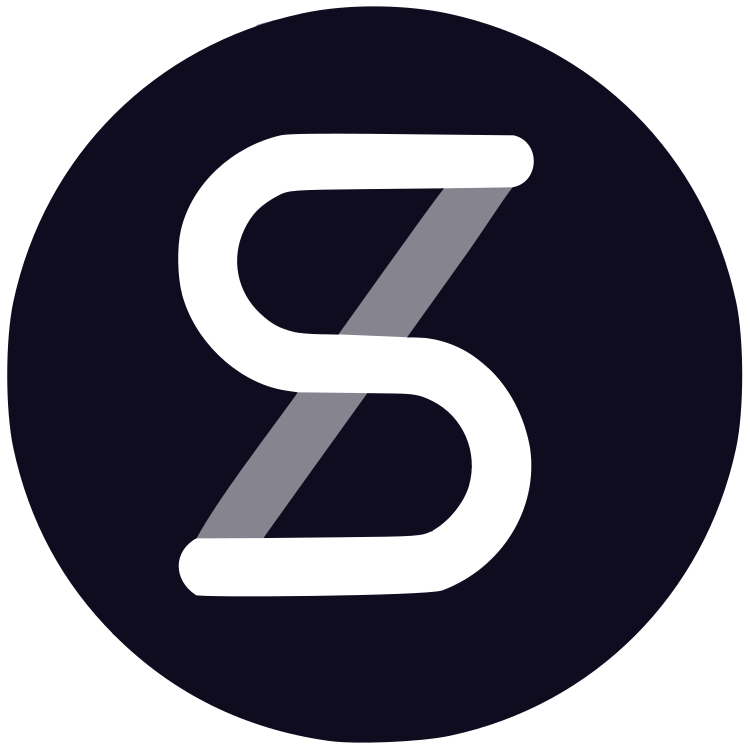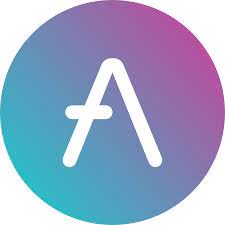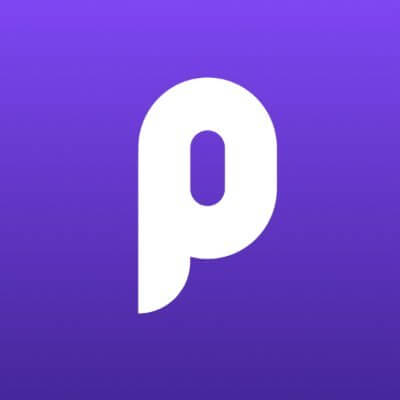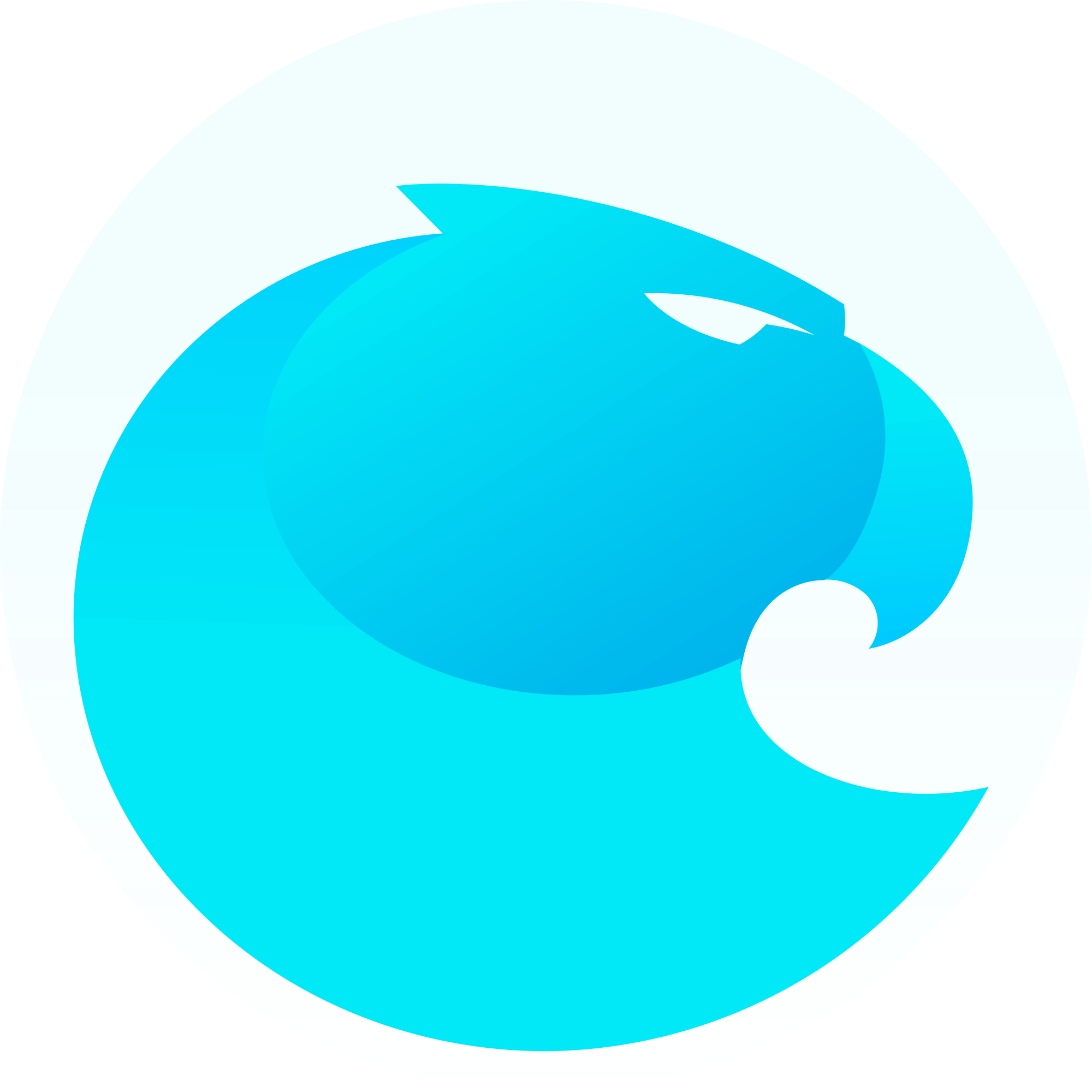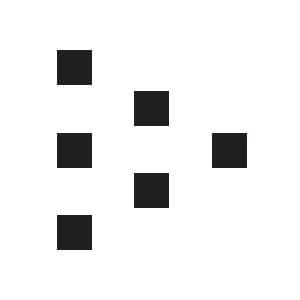Overview
Network Participants.
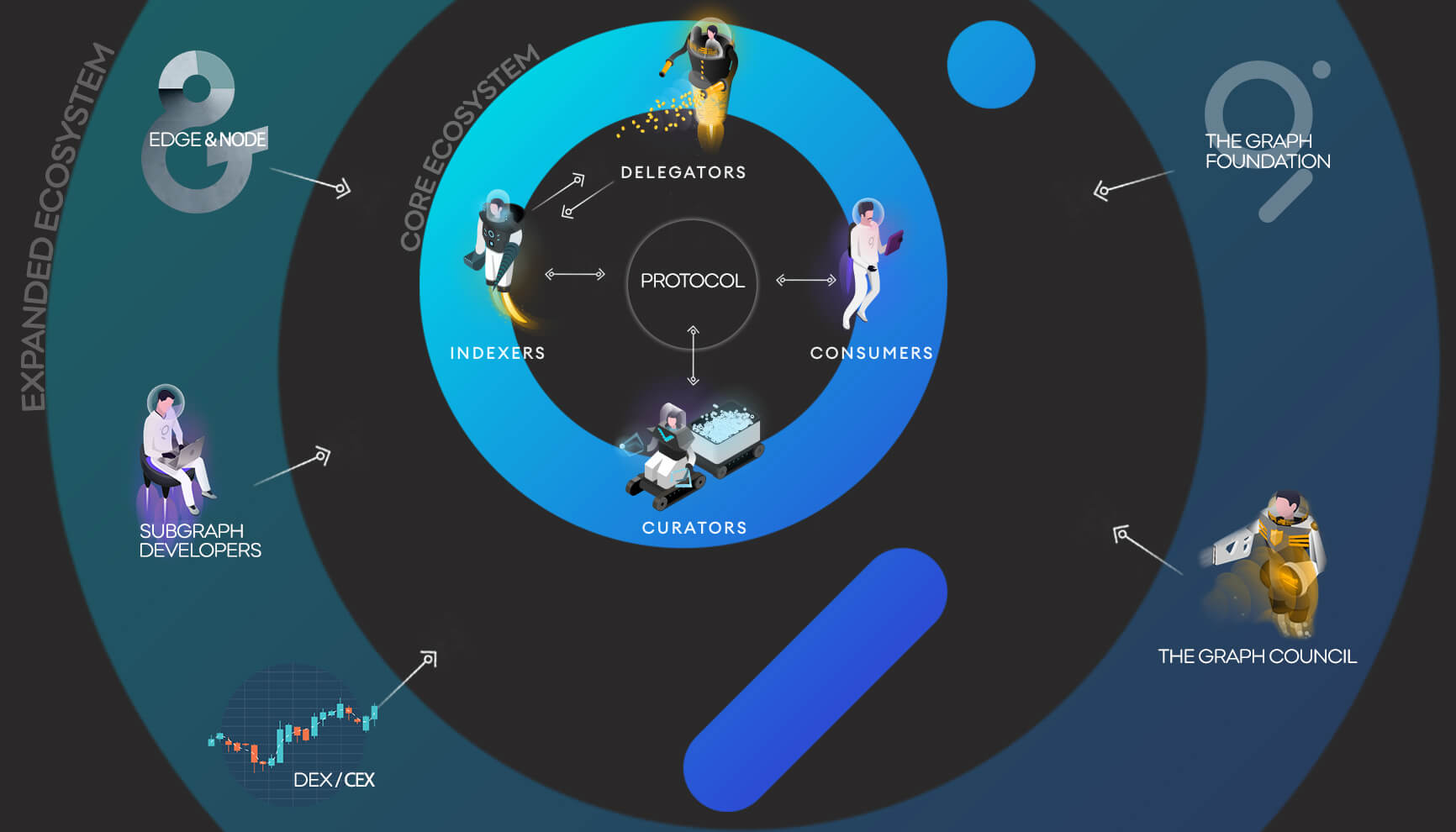
The Graph is a decentralized ecosystem with a number of different network participants serving distinct roles. The Core Ecosystem represents those participants engaged in the actual fulfillment process of the Graph service offering. The Expanded Ecosystem represents key contributors that help build and maintain the Graph infrastructure and support the Core Ecosystem to function efficiently.
Core Ecosystem.
Detailed explanation of the core participants in the ecosystem
Delegators.
Delegators are holders of GRT tokens who decide to stake with the Graph project. They do so in the form of delegating GRTs to their chosen indexer(s). They gain passive income from their delegation in the form of a) query fees and b) indexer rewards. There are minimal technical requirements for this role. However, there are many non-technical opportunities available to delegators to engage in the decentralized Graph community to help grow the project.
Indexers.
Indexers are node operators in The Graph network who stake GRTin order to provide indexing and query processing services. Indexers earn query fees and indexing rewards for their services. They also earn from a Rebate Pool that is shared with all network contributors proportional to their work, following the Cobbs-Douglas Rebate Function.
Curators.
Curators are subgraph developers, data consumers or community members who signal to Indexers which subgraphs (APIs) should be indexed by The Graph network. Curators deposit GRT into a bonding curve to signal on a specific subgraph and earn a portion of query fees for the subgraphs they signal on; incentivizing the highest quality data sources.
Consumers.
Consumers are users of subgraphs who ingest the data for their own applications and products. They pay defined fees for every requested subgraph query located on The Graph’s mainnet. Using subgraphs enables consumers to optimize their own resource allocations and gain economical access to required data for their end-user application or product.
Data Consumers Include:
Protocol.
The protocol captures the detailed design of The Graph network as a decentralized indexing protocol for Web3. It aims to deliver indexing services to decentralized applications with consumer-grade performance. As the above Core Ecosystem participants perform their roles within the protocol, they are bringing to life the vision of efficiently providing query blockchain data services to the Web3 ecosystem in a sustainable model governed by supply and demand.
Expanded Ecosystem.
Detailed explanation of the participants in the expanded ecosystem
The Graph Council.
The Graph Council consists of 10 members representing the interest of five different stakeholder groups of The Graph ecosystem. They are the technical governance body of The Graph network that makes decisions via 6-of-10 multisig. The Graph Council also governs over The Graph Foundation community grants from the foundation’s GRT allocation.
The Graph Foundation.
The overarching mission of The Graph Foundation is to coordinate and support the ongoing development and growth of The Graph’s decentralized ecosystem. Key responsibilities include the distribution of grants and ecosystem funding, coordinating technical governance processes, educating members and participate in The Graph’s community building initiatives.The Graph Foundation is legally and financially accountable to The Graph Council.
Eva Beylin has been nominated to serve as Director of The Graph Foundation where she’ll continue what she’s started in steering and growing the ecosystem.
Edge & Node.
The founding members of The Graph originally started out as The Graph Protocol, Inc. In the early years,they developed the protocol and created the framework for the project to become a decentralized indexing protocol for Web3. The commitment to their own vision of decentralization was reinforced by the creation of The Graph Foundation, to which they handed over many of their own responsibilities when The Graph Foundation was inaugurated. The Graph Protocol, Inc ceased to exist and became Edge & Node, with the original team still in place. The Graph project still benefits from the strong support, dedication and leadership of the original team to help The Graph succeed. As such, they remain a critical member of the decentralized network that helps grow and mature the project and drive adoption of The Graph in the decentralized Web3 ecosystem.
Subgraph Developers.
Subgraphs are open APIs that are used to retrieve data indexed on The Graph network. Anyone can build a subgraph. A dApp developer could create and deploy one and then deposit a stake of GRT to curate that subgraph. This serves as a signal to Indexers that this subgraph should be indexed. This mechanism enables every Web3 participant to access The Graph’s indexing protocol services.
DEX/CEX.
Decentralized (DEX) and centralized (CEX) exchanges provide access to the GRT token to existing and future network participants. As such, they play a pivotal role not only to The Graph network but to the Web3 ecosystem as a whole.

